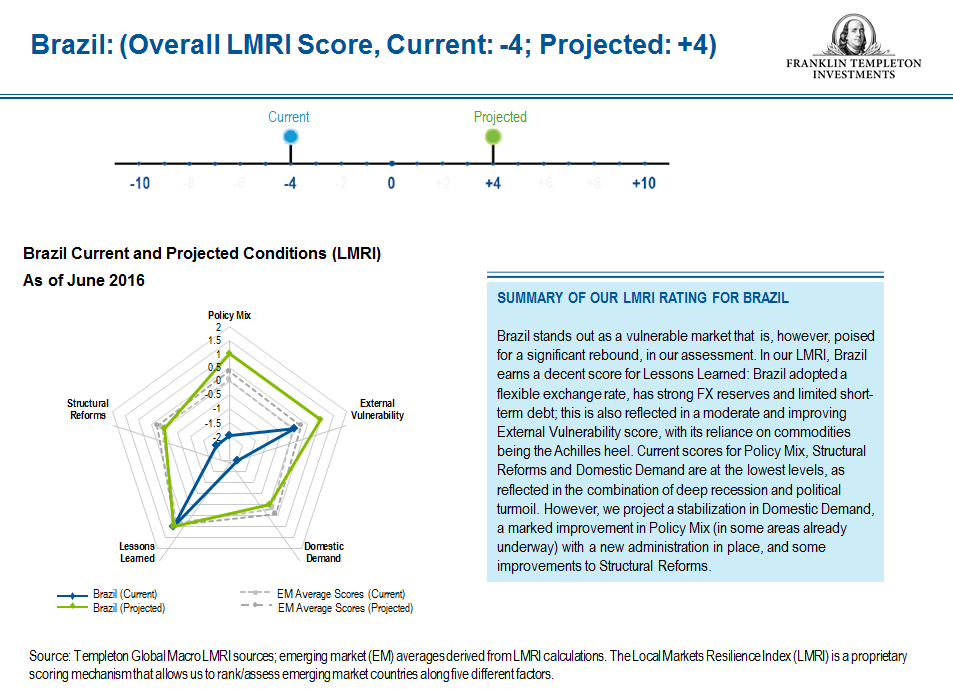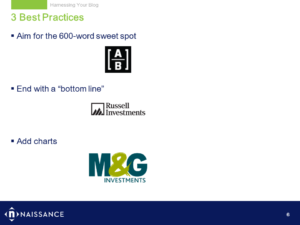Two common traits of the industry’s most effective channel marketing teams
In Naissance’s six-plus years, we’ve observed dozens of and occasionally been integrated into Marketing organizations. Integrating Mike & I into a team is the most flattering of client actions. Essentially our project sponsor is saying: I trust you enough to include you into my organization to make it better.
So through all these projects, I’ve observed two traits common to effective channel teams. These traits may not be universally applicable but they go beyond ideas like “hire smart”, “build a culture”, and “foster hard work.” By channel, we mean teams focused on the marketing needs of institutional, intermediary, direct, and occasionally DC audiences.
Trait 1 – Built foremost for efficiency. Effective channel teams accomplish tasks thoroughly and quickly. Rather than opine on roles, responsibilities, and organizational issues, or allocate time to big strategic challenges, they move quickly from problem identification to marketing requirements and into execution. In the intermediary channel, these tasks may include adding data points to fact sheets. Within institutional, effective teams quickly address issues such as updating RFP content. While there are times for more strategic analysis or introspective review, those times are far fewer than distribution organizations’ needs for efficiency.
Trait 2 – Optimized to continuously learn. Few teams allocate the time and resources to maintain collective, or tribal, knowledge. Many times, as the members of channel marketing teams turn over, past successes and failures are forgotten and thus (failures) often repeated. But the highly effective teams plan to maintain knowledge at an initiative level. This leads to high productivity and extremely effective interactions with Sales partners.
For example, imagine a new Head of Retail Sales joining a distribution team from another asset manager. She has a strong preference for fact sheets to contain a maximum number of portfolio characteristics and have a wholly different design. This could become a massive effort for a retail channel marketing team. A continuously-learning team can share from previous fact sheet renovation efforts with learnings that may showcase data refuting any benefit derived from those changes. In our experience, very few teams build in processes and tools to maintain and use initiative-level learnings. And to assume this will occur organically is naïve.
So as we enter the 2017 planning session (scary how quickly the year’s passing by), considering these traits may positively impact channel teams and the broader Marketing organization.










